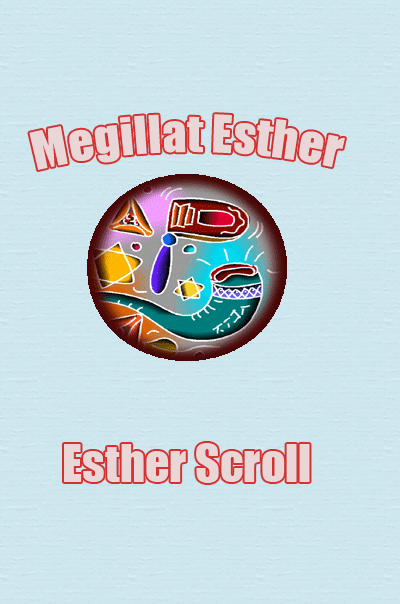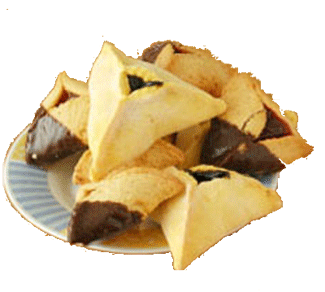Purim
Written by Zev on April 14, 2011 – 11:30 am -
Purim is one of the more raucous celebrations celebrated by the Jewish people, commemorating their liberation from the evil emperor Haman ruler of the ancient Persian empire. At this point in history, the Jewish people found themselves living in Persia as unwilling exiles from the Kingdom of Judah.

The story of Purim is recorded in the Book of Esther (Megillat Esther). An interesting fact is that so sure was Haman that he would be successful in his mission to annihilate all of the Jews living in the Persian kingdom and steal of their money and possessions, that to create some added interest, he even allowed his followers to draw lots to decide which day the massacre would take place. Esther was a queen, the wife of King Ahasuerus and when she discovered Haman’s plans to destroy the Jews and take all off their money; she foiled the plot and arranged for Haman to be replaced by her cousin Mordechai. Ahasuerus, in turn issued a decree allowing the Jews to destroy Haman and his evil crew. To celebrate the victory, a great feast was held and noisy celebrations were held to mark the fact that once again the Jewish people had survived another attempt to destroy them.
That’s why Purim is celebrated each year on the fourteenth day of Adar, according to the Hebrew calendar. According to Jewish tradition, the festival begins at dusk on the previous secular day, known as Erev Purim. Purim ends at dusk of the following days. In the holy city of Jerusalem, Purim is celebrated on the 15th of the month, as it was regarded as being a walled city and the tradition has also remained.

Purim is a festival where families put a lot of effort in preparing plates of food and drink, usually wine to be given as gifts. Known as mishloach manot, these gifts are usually based around triangular shaped cakes, known as Hamentachen, which indicates the shape of hat that the evil despot was inclined to wear. These mishloach manot are always received gratefully and reciprocated.
Purim is also closely associated with helping the poor and the needy. These days’ members of the congregation are inclined to give a donation to the synagogue so that they can fairly allocate the money and goods contributed.
In the synagogue on Erev Purim, the Scroll of Esther is always read out loud, often to the background of booing and hissing, stamping of feet and anything that makes a lot of noise whenever Haman’s name is mentioned. In recent years, children, traditionally dressed in a festive costume, were allowed to bring a noisy rattle or grogger as they are also known, into the synagogue. They would wave them in the air, making a tremendous sound whenever Mordecai’s name was mentioned or the victory of the Jewish army over Haman. The atmosphere in the synagogue at Purim is always exceptionally joyful and noisy.
After the reading of the Megillat Esther, the next stage in the celebrations is a family meal known as se’udat Purim, and to round off the evening. Purim is one of the Jewish festivals where there is no limit to how much wine can be drunk, and in honour of the occasion many adults end the meal in a reasonably advanced state of inebriation.
It is also a tradition of Purim to organise pantomimes where Haman and Mordechai are depicted as a sort of Punch and Judy, while in Israel in recent years, huge street parties are organised to celebrate Purim.
Tags: esther scroll, grogger, megillah, purim, rattle
Posted in Festivals | No Comments »




You must be logged in to post a comment.